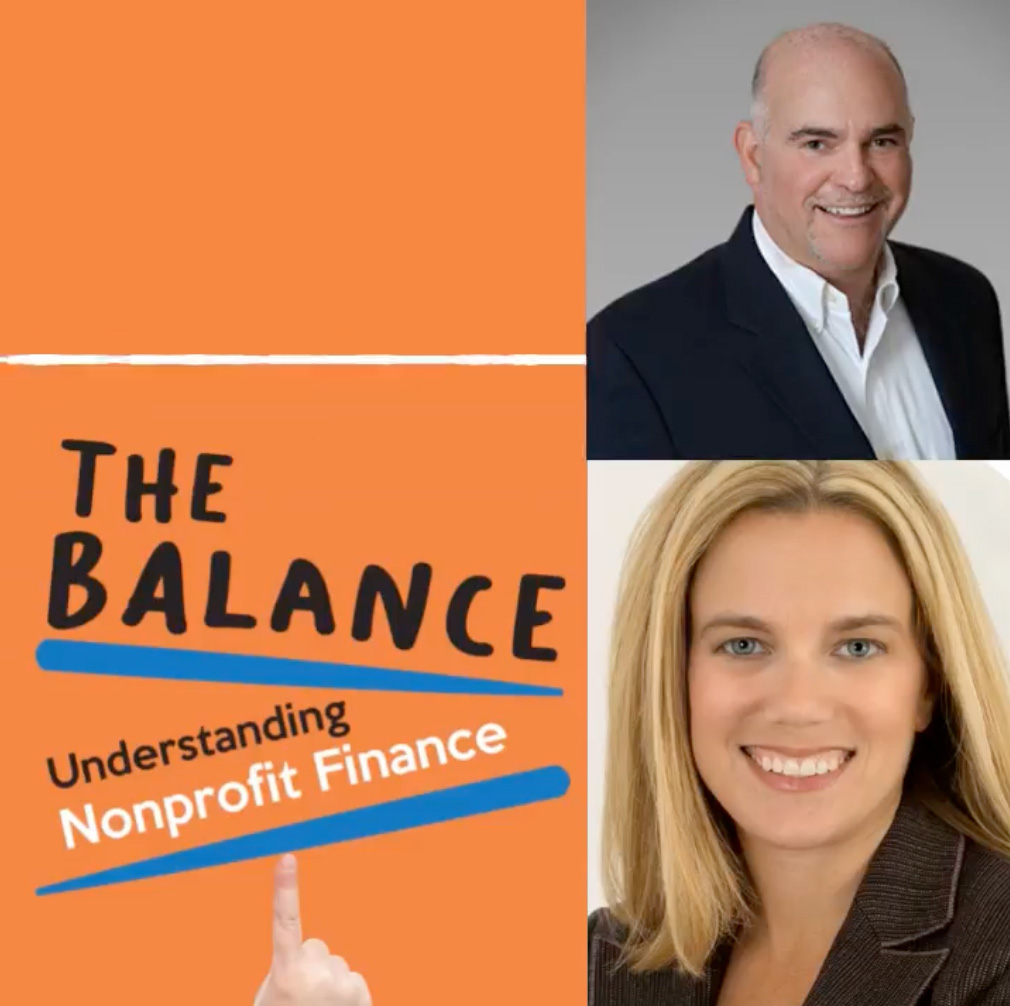Who’s on Your Bench? Developing the Governance Pipeline Your Organization Needs to Maximize Impact

An engaged board of directors is essential for a nonprofit organization not only to survive in today’s environment but also to thrive. If you’re grappling with the following questions, then this article will provide you with tangible takeaways and resources to improve your organization’s governance structure and overall pipeline. ❓How can I make sure I […]
Summary of Policy and Legislative Update

Key Wins for Nonprofits: Looking Ahead: 2025-2026 Legislative Session Federal Issues:
Fiduciary Duty: What This Means in Practice for Nonprofit Board Members

Key insights Most states require nonprofit board members to perform duties in good faith. Nonprofit practices have evolved and include recommended practices demonstrating careful prudent management. They include strong governance policies and internal controls, budget adoption, and strategic planning. Board members have a duty of care, loyalty, and honesty regarding the nonprofits they serve. The […]
The Top 8 Board Duties to Help Improve Nonprofit Outcomes

Key insights Nonprofit boards have ultimate legal responsibility and authority for the organization, but board effectiveness and conduct may vary widely. To be successful, nonprofits should practice strong governance and management. For boards, that means understanding their fiduciary duty, risk mitigation, and mission framework. Nonprofit boards also have roles in finding capable leadership teams and […]
Your Top 7 Board Development & Engagement Tips

Why is this important? An engaged board is an essential component of a thriving and impactful mission-driven organization. Consider incorporating some of the tactics below into the Board Development part of your strategic plan — this way you can map out what to tackle near-term vs. Y2 or Y3. TIP #1: Reflect on Your Overall Strategic […]
Webinar: Smart Spending: Financial Management for Nonprofits

Like their for-profit counterparts, nonprofit organizations carry a huge responsibility managing their assets and finances. A healthy and well-practiced financial management program benefits not just the nonprofit organization itself, but also the communities they serve. In this panel, we will deep-dive on how nonprofits can improve their current financial management strategies with some industry experts.
Podcast: Transitioning from Private Sector to Nonprofit Accounting & Finance Roles

The Balance For many people working in corporate finance and accounting positions, transitioning to the nonprofit sector may seem like a magical opportunity — passionate co-workers coming together to save the world…what could be better? The truth is that nonprofit work isn’t for everyone, and presents its own unique set of challenges. On today’s episode, […]
January 2023 Virtual Networking Events

JOIN US! ALL ARE WELCOME, SHARE WITH OTHERS. Wednesday, January 11th at 1:30pm ET -OR- Thursday, January 12th at 10:30am ET THIS NATIONAL NETWORKING MEETING IS FOR YOU IF: WHAT IS IN IT FOR YOU? WHAT HAPPENS NEXT? Next steps: Nonprofit Executives is an organization focused on connecting professionals committed to the nonprofit sector. We link nonprofit […]
November 2023 Virtual Networking Events

JOIN US! ALL ARE WELCOME, SHARE WITH OTHERS. Wednesday, November 16th at 1:30pm ET -OR- Thursday, November 17th at 10:30am ET THIS NATIONAL NETWORKING MEETING IS FOR YOU IF: WHAT IS IN IT FOR YOU? WHAT HAPPENS NEXT? Next steps: Nonprofit Executives is an organization focused on connecting professionals committed to the nonprofit sector. We link nonprofit […]
September Virtual Networking Events

JOIN US! All are welcome, share with others. Tuesday, September 13th – 1:30pm ET -OR- Wednesday, September 14th – 10:30am ET THIS NATIONAL NETWORKING MEETING IS FOR YOU IF: You are new to the nonprofit industry You are interested in the nonprofit industry You have many years experience working with/for nonprofit organizations You are a member […]


